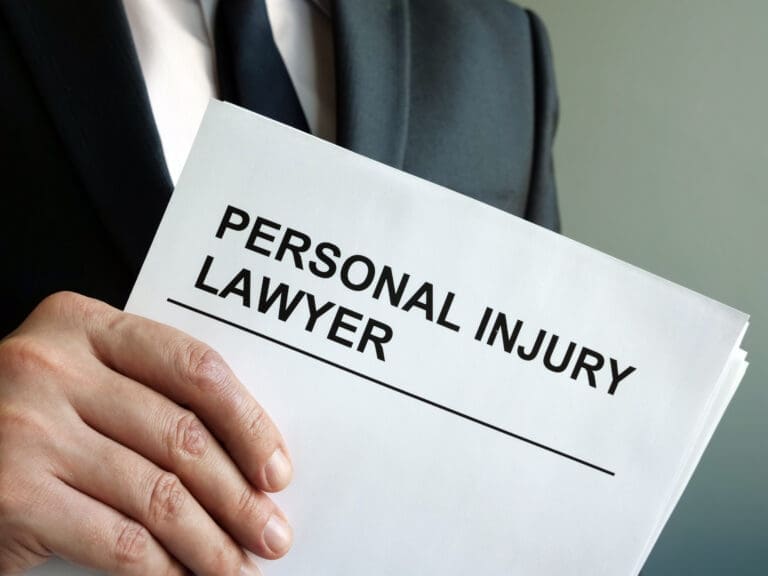
In the intricate framework of the legal system, the concept of “Bail in Error” is significant, emphasizing the need for accuracy and fairness in judicial decisions. This term refers to incorrect bail settings due to judicial oversight, misapplication of laws, or administrative errors. Understanding Bail in Error is essential for legal practitioners, defendants, and stakeholders in the criminal justice system.
Bail serves as a crucial mechanism in the judicial process, acting as a financial commitment for an accused individual’s court appearance. Judges consider several factors while setting bail, including the crime’s severity, the defendant’s criminal record, and flight risk. However, errors in this process can lead to bail amounts or conditions that may be unjust, either too lenient or excessively harsh, impacting the defendant’s rights and the case’s outcome.
The causes of Bail in Error vary, ranging from judicial misinterpretation of laws to clerical mistakes. Such errors can profoundly affect a defendant’s rights, infringing upon the right to fair treatment and the presumption of innocence. An excessively high bail, for instance, might contravene the Eighth Amendment of the U.S. Constitution, which prohibits excessive bail, leading to potential legal challenges.
Defendants suspecting Bail in Error have the recourse to appeal as a question of law. This appellate process scrutinizes the legal foundation of the original bail decision. If the appellate court identifies an application of incorrect legal principles or inadequate consideration of pertinent evidence, it may reverse or modify the initial bail decision to align with legal standards.
The consequences of Bail in Error extend beyond the affected individual. They reflect on the judicial system’s integrity, highlighting the importance of precision and equity in judicial proceedings. Legal professionals must ensure bail decisions are grounded in accurate law interpretations, safeguarding defendants’ rights throughout the judicial process.
The broader implications of Bail in Error impact public perception of the justice system. Fair and precise bail decisions reinforce trust and confidence in legal proceedings. On the contrary, perceived injustices in bail settings can trigger public skepticism and allegations of systemic bias, especially in communities disproportionately impacted by such errors.
Mitigating Bail in Error requires continuous training and education for judges and court officials. They must remain abreast of legal precedents, comprehend the intricacies of bail laws, and understand bail decisions’ wider implications on defendants and the community.
Further expanding on the topic, it’s crucial to explore the role of legal counsel in addressing Bail in Error. Defense attorneys play a pivotal role in identifying and challenging erroneous bail settings. They must meticulously review the bail conditions, assess their conformity with legal standards, and advocate for their clients’ rights. This includes presenting arguments and evidence at bail hearings to ensure that the bail amount and conditions are just and reasonable, given the specifics of the case.
In addition to legal counsel, bail reform advocates and policymakers also contribute to addressing issues related to Bail in Error. They work towards reforming the bail system to make it more equitable and just, focusing on eliminating biases and ensuring that bail decisions are made based on objective criteria rather than a defendant’s financial status.
Public awareness and understanding of Bail in Error also play a role in promoting fairness in the justice system. Educating the public about the bail process, the potential for errors, and the avenues for redress helps in building an informed citizenry that can hold the system accountable and support necessary reforms.
In summary, Bail in Error is a multifaceted issue with significant implications for the legal system, defendants’ rights, and public trust in the judiciary. Its proper identification, appeal, and resolution are crucial in upholding the principles of justice and fairness, ensuring that the rights of all parties involved in the legal process are respected and protected.
Divulgación: Generative AI creó el artículo








